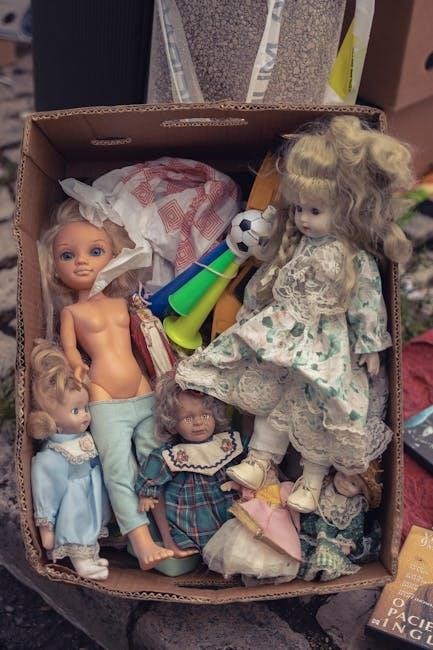This guide offers a comprehensive overview of antique toys, covering their history, rarity, and market value. It helps collectors assess worth based on condition, provenance, and demand, providing detailed descriptions and current values for over 3,500 toys from the 19th and 20th centuries.
Overview of Antique Toys Collecting
Antique toy collecting is a popular hobby, with enthusiasts seeking rare and historically significant items. Toys from the 19th and 20th centuries, especially post-WWII, are highly collectible. Factors like rarity, condition, and provenance determine value. Dolls, tin toys, and model trains are among the most sought-after categories. Collectors often research using price guides, auction data, and expert insights to assess worth. The hobby combines nostalgia with investment potential, as certain toys can appreciate significantly. Understanding market trends and maintaining items properly is crucial for collectors aiming to build valuable and meaningful collections.
Importance of Understanding Toy Values
Understanding toy values is essential for collectors to make informed decisions. It helps determine fair prices, identify rare items, and assess market demand. Knowing the worth of toys ensures collectors avoid overpaying and highlights opportunities for profitable sales. Historical significance, condition, and provenance are key factors influencing value. Guides and auction data provide insights, enabling collectors to negotiate effectively. Accurate valuations also aid in preserving collections and passing them down. Whether for hobby or investment, understanding toy values is crucial for building and maintaining a valuable collection.
Key Factors in Determining Antique Toy Value
The value of antique toys is determined by several critical factors. Rarity and scarcity play a significant role, as limited production or surviving examples increase worth. Condition is equally important, with toys in pristine, original states commanding higher prices. Provenance, or historical ownership, adds value, especially if tied to notable collections or events. Demand, driven by collector interest and market trends, also influences prices. Additionally, the toy’s age, uniqueness, and functionality, such as mechanical components, contribute to its worth. Understanding these factors helps collectors and sellers accurately assess and negotiate toy values in the competitive market.
Factors Affecting the Value of Antique Toys
The value of antique toys is shaped by rarity, condition, provenance, and market demand. These elements influence their worth, affecting prices and trends for collectors and sellers.
Rarity and Scarcity of Toys
Rarity significantly impacts the value of antique toys, with limited editions and hard-to-find items commanding higher prices. Toys from specific historical periods or with unique designs are highly sought after by collectors. Scarcity, such as low production numbers or discontinued lines, further elevates their worth. For instance, certain vintage action figures or tin toys in excellent condition are rare, making them highly valuable. The demand for these items often outpaces supply, driving up their market value and desirability among enthusiasts. Understanding rarity helps collectors and sellers assess the potential worth of antique toys effectively.
Condition and Preservation of Toys
The condition of antique toys plays a crucial role in determining their value. Toys in pristine condition, with original packaging and minimal wear, command higher prices. Even minor damage, such as chipped paint or broken parts, can significantly reduce value. Preservation efforts, like proper storage and avoiding restoration, help maintain authenticity and worth. Collectors often seek toys that retain their original state, as these are considered more desirable. The better the condition, the higher the toy’s value, making meticulous care essential for preserving its monetary and historical significance.
Provenance and Historical Significance
Provenance, or the history of ownership, significantly impacts the value of antique toys. Toys with documented connections to historical events, notable figures, or famous collections often command premium prices. Historical significance adds layers of value, as collectors seek items tied to cultural or societal milestones. Documentation, such as receipts, letters, or exhibition records, strengthens a toy’s provenance. Toys linked to iconic designers or manufacturers also gain prestige. This historical context not only enhances monetary worth but also elevates the toy’s cultural and emotional appeal, making it a treasured possession for serious collectors and historians alike.
Demand and Popularity in the Market
Demand for antique toys fluctuates based on trends, nostalgia, and cultural interest. Popular franchises like Star Wars, G.I. Joe, and Transformers consistently attract high prices due to their enduring appeal. Vintage action figures, especially in mint condition, are highly sought after by collectors. Seasonal trends, such as holiday-themed toys, also see spikes in demand. Additionally, rare and limited-edition toys often command premium prices. Market popularity is influenced by collector communities, auctions, and online marketplaces, where recent sales data and bidding activity reveal current trends. Understanding these dynamics helps collectors and sellers navigate the ever-changing landscape of antique toy values.
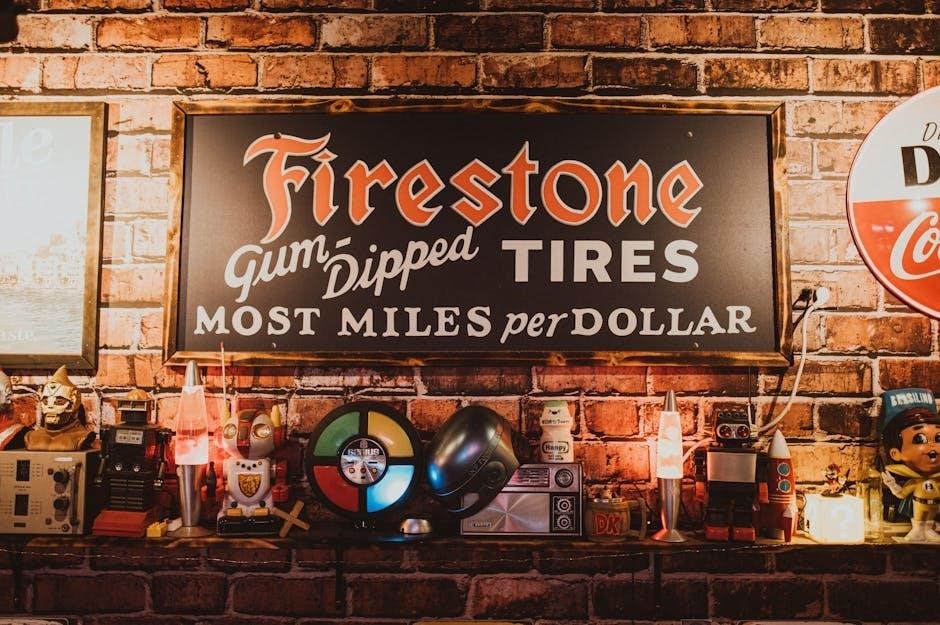
Popular Types of Antique Toys
Vintage dolls, tin toys, model trains, and wooden toys are highly collectible. Action figures like G.I. Joe and Star Wars, along with Transformers, also hold significant value due to rarity and condition.
Vintage Dolls and Their Value
Vintage dolls are among the most sought-after antique toys, with values ranging from hundreds to thousands of dollars. Factors like rarity, condition, and historical significance greatly influence their worth. Dolls from renowned manufacturers such as bisque and porcelain examples from the 19th century are particularly prized. Additionally, dolls with intricate details or unique designs command higher prices. Provenance, such as dolls with original clothing or documentation, can significantly enhance value. Collectors often seek dolls in excellent condition, as wear and tear can lower their market value. Researching auction records and consulting experts are key to determining accurate valuations for these cherished toys.
Tin Toys and Mechanical Banks
Tin toys and mechanical banks are highly collectible, with values influenced by rarity, condition, and functionality. These items, often produced in the 19th and early 20th centuries, showcase intricate craftsmanship. Mechanical banks, with their complex mechanisms, are particularly prized, as are tin toys like wind-up trains and boats. Original paint and functioning parts significantly enhance value. Collectors seek examples in excellent condition, as wear can lower worth. Researching auction records and consulting experts is crucial for accurate valuations. These toys offer a blend of historical charm and mechanical ingenuity, making them treasured additions to any collection.
Model Trains and Railways
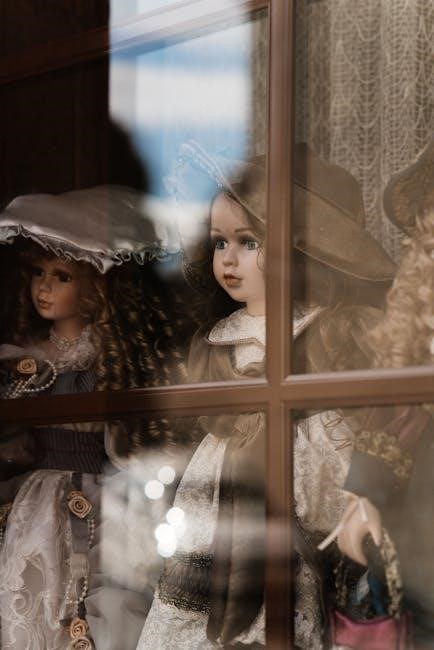
Model trains and railways are among the most popular and valuable antique toys, with brands like Märklin and Lionel leading the market. Their value is influenced by rarity, condition, and historical significance. Early 20th-century models, especially those with intricate details or limited production runs, command high prices. Original packaging and accessories, such as tracks and controllers, significantly enhance worth. Provenance, like ties to notable collections, can elevate value further. Collectors often seek models in pristine condition, as wear diminishes appeal. Auction houses and expert appraisals are essential for accurate valuations, making these toys a rewarding yet challenging pursuit for enthusiasts.
Wooden Toys and Puzzles
Wooden toys and puzzles are cherished for their craftsmanship and historical charm. Many 19th- and 20th-century examples, such as wooden trains and puzzles, are highly collectible. Brands like Märklin and Bodo produced intricate designs, making them valuable. Condition plays a crucial role, with well-preserved pieces commanding higher prices. Hand-carved or unique puzzles, especially those with historical ties, are sought after by enthusiasts. Provenance, such as ties to notable makers or collections, enhances value. Collectors also appreciate toys with original finishes and minimal wear. As demand grows, these items remain a rewarding focus for those passionate about traditional craftsmanship and nostalgic playthings.
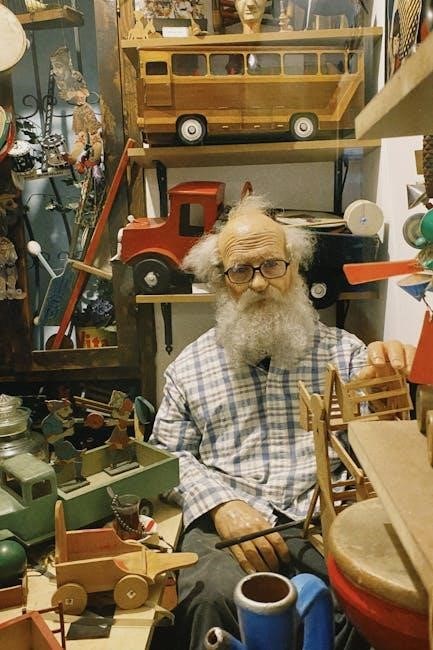
Action Figures and Figurines
Action figures and figurines, like G.I. Joe and Star Wars, are highly collectible, with value determined by rarity, condition, and demand. Mint-condition items with original packaging command premium prices, while rare or limited editions attract serious collectors. Historical significance and cultural impact also influence their worth, making them a popular choice for enthusiasts and investors alike in the antique toy market.
G.I. Joe and Military Action Figures
G.I. Joe and military action figures are highly sought after by collectors, with their value influenced by rarity, condition, and historical significance. Mint-condition figures with original packaging command high prices, especially those from the 1960s and 1980s. Heritage Auctions specializes in these items, noting that iconic lines like G.I. Joe and military-themed sets retain strong market demand. The condition of accessories and uniforms also plays a crucial role in determining worth. Provenance, such as ownership history, can significantly enhance value. Collectors are advised to research sold prices on platforms like eBay and consult experts to accurately assess their items’ worth.
Star Wars Action Figures
Star Wars action figures are highly collectible, with their value influenced by rarity, condition, and provenance. Mint-condition figures, especially those in original packaging, command premium prices. Heritage Auctions highlights the demand for rare and mint-condition toys, including iconic Star Wars characters. Provenance, such as being part of a notable collection, can significantly enhance value. The condition of accessories and packaging is crucial, as is the figure’s generation and rarity. Collectors should research sold prices on platforms like eBay and consult experts to accurately assess their items’ worth, considering market trends and nostalgia-driven demand.
Transformers and Other Robot Toys
Transformers and other robot toys are highly sought after by collectors, with their value influenced by rarity, condition, and provenance. Mint-condition items, especially those in original packaging, command high prices. Heritage Auctions specializes in rare, mint-condition toys, including iconic lines like Transformers. Provenance, such as being part of a notable collection, can significantly enhance value. The condition of accessories and packaging is crucial, as is the toy’s generation and rarity. Collectors should research sold prices on platforms like eBay and consult experts to accurately assess their items’ worth, considering market trends and nostalgia-driven demand.
How to Determine the Value of Antique Toys
Consult price guides, auction houses, and online marketplaces to assess value. Research provenance, condition, and rarity, and use detailed descriptions to accurately determine worth.
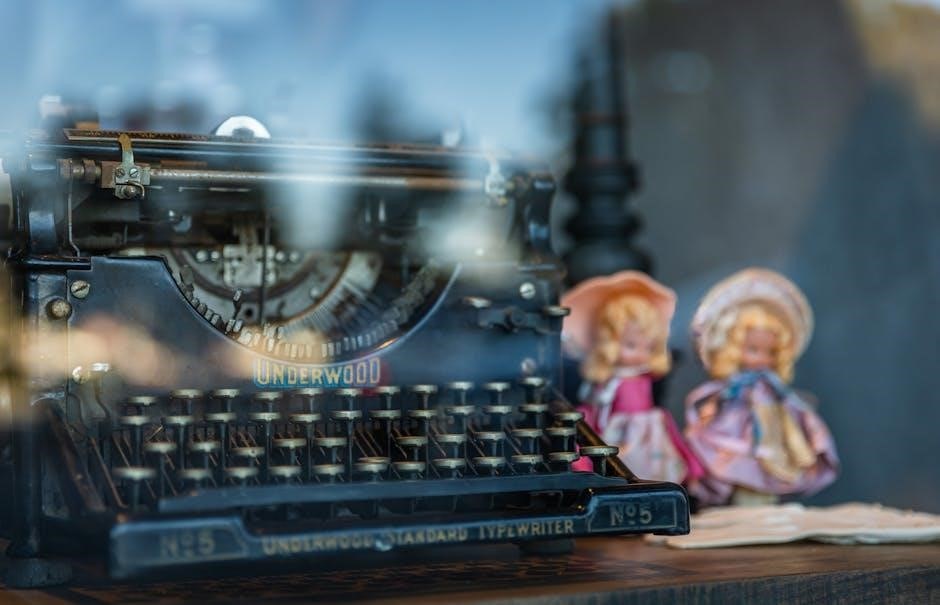
Using Price Guides and Catalogs
Price guides and catalogs are essential tools for determining the value of antique toys. Comprehensive resources like the Antique Trader Antiques & Collectibles Price Guide and Toys & Prices provide detailed listings of toys with their current market values. These guides cover a wide range of toys, including dolls, action figures, model trains, and vintage games, offering descriptions and pricing for over 3,500 items. They also include expert advice and insights into the hobby, helping collectors understand trends and rarity. By referencing these guides, enthusiasts can assess the worth of their toys based on condition, provenance, and demand, ensuring informed decisions when buying or selling.
Consulting Auction Houses and Experts
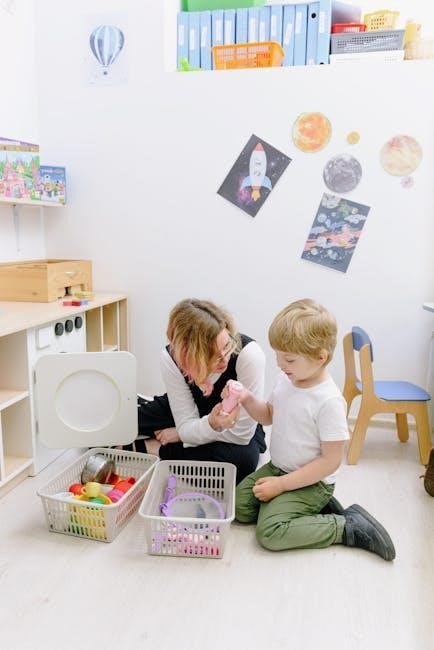
Consulting auction houses and experts is a crucial step in determining the value of antique toys. Major auction houses like Heritage Auctions specialize in rare and vintage toys, offering detailed appraisals and market insights. Experts can provide authoritative opinions on condition, rarity, and historical significance, ensuring accurate valuations. Their knowledge of market trends and past sales data helps collectors understand the potential worth of their items. Additionally, auction houses often publish catalogs and reports that highlight notable sales, further aiding collectors in making informed decisions. Leveraging their expertise is essential for both seasoned collectors and newcomers to the hobby.
Researching Online Marketplaces
Researching online marketplaces is an essential tool for determining the value of antique toys. Platforms like eBay provide access to sold listings, offering insights into market demand and pricing trends. Heritage Auctions and similar sites specialize in rare toys, showcasing detailed descriptions and sale histories. Online forums and collector communities also share valuable information, helping to identify rare items and understand their worth. By analyzing recent sales data and comparing similar toys, collectors can make informed decisions. Additionally, niche platforms cater to specific toy types, such as vintage action figures or model trains, providing targeted insights for enthusiasts.
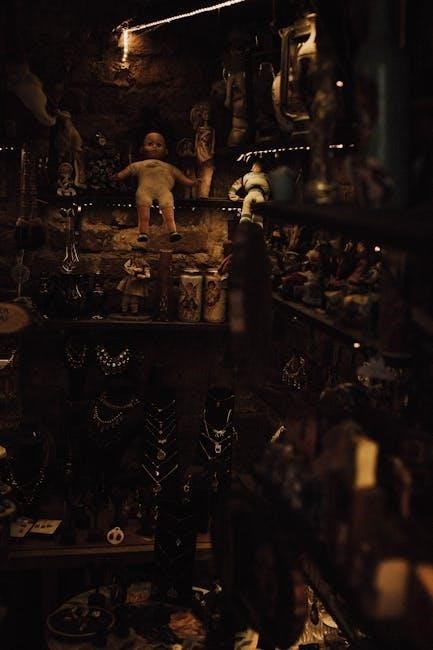
Restoration and Maintenance of Antique Toys
Restoration can significantly impact an antique toy’s value, requiring careful preservation to maintain authenticity. Proper storage and handling are crucial to uphold condition and historical integrity.
Best Practices for Toy Restoration
Restoring antique toys requires careful consideration to preserve their originality and value. Avoid over-restoration, as it can diminish authenticity. Gentle cleaning with soft brushes or mild detergents is recommended. Repairs should be minimal and blend seamlessly with the toy’s original materials. Using period-correct components ensures historical accuracy. Professional restorers often document their processes to maintain transparency. Over-polishing or repainting can reduce value, so subtlety is key. Proper storage after restoration is essential to prevent further deterioration. Always research the toy’s historical context to guide restoration decisions, ensuring the final result honors its heritage while maintaining collectible appeal.
Impact of Restoration on Value
Restoration can significantly influence the value of antique toys, often in unexpected ways. Over-restoration or excessive repairs may reduce value by altering the toy’s original charm and authenticity. Conversely, minimal, well-documented restoration can preserve value by maintaining functionality and appearance. Collectors and experts prioritize toys with original parts and minimal interference. Over-polishing or repainting can lower value, as it erases historical patina. Proper restoration should aim to stabilize the toy’s condition without compromising its integrity. The key is to strike a balance between preservation and maintaining the toy’s original character, ensuring its value remains intact for future collectors.
Storage and Display Tips
Proper storage and display are crucial for preserving antique toys and maintaining their value. Store toys in a cool, dry environment away from direct sunlight to prevent fading and damage. Use acid-free materials and UV-protected cases to safeguard against deterioration. Avoid exposing toys to extreme temperatures or humidity, as this can warp or degrade materials. For display, consider using sturdy shelves or glass cases to protect from dust and handling. Handle toys gently, wearing gloves to prevent oil from skin damaging surfaces. Regularly clean items with soft brushes or mild solutions, avoiding harsh chemicals. Organize toys logically for easy access and enjoyment, ensuring their longevity and appeal for future generations.

The Role of Provenance in Toy Collecting
Provenance significantly enhances the value of antique toys, as it traces their history, ownership, and cultural significance. Proper documentation and historical context ensure authenticity and market worth.
Historical Significance of Toys
Historical significance greatly enhances the value of antique toys, as they often reflect cultural, social, or technological milestones. Toys linked to major events or iconic figures gain premium status. For instance, toys from the early 20th century tied to industrial innovation or wartime production are highly sought after. Their rarity and connection to history make them invaluable to collectors. Documentation and provenance further validate their importance, ensuring authenticity and boosting market demand. Such toys not only serve as nostalgic reminders but also as tangible pieces of history, cherished by enthusiasts and historians alike for their enduring cultural and monetary worth.
Documentation and Certification
Documentation and certification are crucial in verifying the authenticity and value of antique toys. Provenance, such as original receipts, letters, or historical records, significantly enhances a toy’s worth. Certifications from reputable organizations or experts provide assurance of a toy’s legitimacy and condition. These documents often include detailed descriptions, materials, and origins, making them indispensable for collectors and auction houses. The presence of such paperwork can elevate a toy’s market value and ensure its place in notable collections. Proper documentation also aids in resolving disputes and ensures transparency in transactions, making it a cornerstone of ethical and profitable collecting practices.
Famous Collections and Their Value
Famous collections of antique toys often set benchmarks for market value and desirability. Notable collections, such as those featuring rare G.I. Joe figures or vintage Star Wars playsets, highlight the significance of condition, rarity, and historical context. Heritage Auctions has sold iconic toys for record-breaking prices, showcasing their cultural and monetary worth. These collections not only attract serious collectors but also influence market trends. The value of such collections lies in their ability to preserve toy history while driving demand for specific types of toys. They serve as a testament to the enduring appeal of antique toys as both treasures and investments.
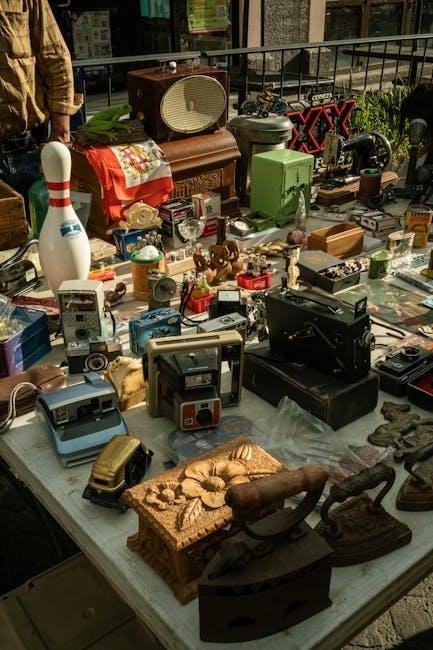
Auction Houses and Their Role
Auction houses like Heritage Auctions specialize in rare toys, setting market standards and providing expert appraisals. They offer platforms for buying and selling, influencing toy values globally.
Major Auction Houses for Toys
Heritage Auctions, eBay, and other prominent auction houses specialize in vintage toys, offering rare collectibles like G.I. Joe, Star Wars figures, and model trains. These platforms provide expert appraisals, setting market standards and connecting buyers with sellers. Heritage Auctions, for instance, focuses on mint-condition toys from the 80s and earlier, including iconic lines like Transformers and DC/Marvel classics. eBay’s sold listings feature detailed pricing data, helping collectors research values. Major auction houses not only facilitate sales but also authenticate items, ensuring credibility and transparency in the market. They play a crucial role in shaping the collectible toy industry’s trends and values.
How Auctions Set Market Standards
Auctions play a pivotal role in establishing market standards for antique toys by providing transparent pricing and authenticating rare items. Major auction houses like Heritage Auctions and eBay host sales that set benchmark values, influencing collector demand. These platforms offer detailed sales data, helping collectors and sellers understand current trends. Record-breaking sales often dictate future pricing, while expert appraisals ensure items are valued accurately. Auctions also highlight emerging trends, such as the surge in vintage action figures or model trains, guiding collectors on what to pursue. This dynamic process ensures market standards evolve with collector preferences and economic conditions.
Participating in Toy Auctions
Participating in toy auctions offers a dynamic way to buy or sell antique toys, with platforms like eBay and Heritage Auctions providing access to rare items. To succeed, research sold prices using filters for completed listings to understand market value. Knowing specific details about toys, such as generation or condition, helps in targeting the right listings. Set a budget and stay informed about fees. Auctions also provide opportunities to discover unique items with historical significance. For sellers, presenting items with clear photos and detailed descriptions attracts serious bidders. Engaging in auctions requires strategy and knowledge, making it a thrilling experience for collectors and enthusiasts alike.
Seasonal and Trend-Driven Demand
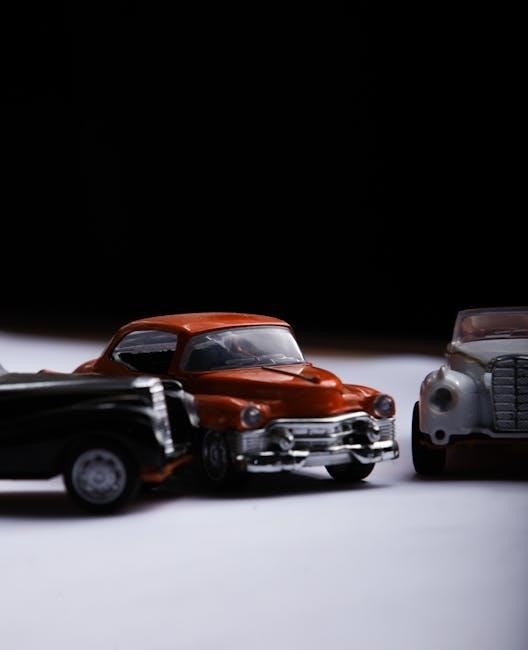
Seasonal trends and cultural fads significantly influence antique toy demand. Holiday-themed toys and nostalgic collectibles often see price spikes, driven by emotional appeal and limited availability during specific times.
Holiday-Themed Toys and Their Value
Holiday-themed toys, such as vintage Christmas trains, Halloween figures, and Easter-themed collectibles, often see increased demand during specific times of the year. These items gain value due to nostalgia and seasonal appeal. Vintage toys from the 1980s and 1990s, like Star Wars figures or G.I. Joe sets, are particularly sought after. Provenance and condition significantly impact their worth, with mint-in-box items commanding higher prices. Rare designs and historical significance further enhance value, making these toys highly collectible. Researching sold prices on platforms like eBay and Heritage Auctions can provide insights into current market trends and pricing for these seasonal treasures.
Trends in Collectible Toys
Collectible toys, especially vintage action figures and retro playsets, are gaining popularity due to nostalgia and cultural significance. Franchises like Star Wars, G.I. Joe, and Transformers see consistent demand, with rare items fetching high prices. Mint-condition toys with original packaging are highly sought after, as are those tied to historical events or iconic characters. Market trends show a rise in interest for 1980s and 1990s toys, with platforms like eBay and Heritage Auctions showcasing their value. Rarity, condition, and provenance are key factors influencing trends, making these toys not only collectibles but also valuable investments for enthusiasts and serious collectors alike.
Timing the Market for Buying and Selling
Understanding market trends and auction cycles is crucial for optimizing the value of antique toys. Peak seasons, such as holidays, often drive demand for specific toys, increasing their value. Auction houses and online marketplaces reveal trends, with certain periods showing higher activity. Collectors should monitor recent sales data to identify optimal times for buying or selling. Timing also depends on cultural trends, as nostalgia for certain eras or franchises can spike demand. Staying informed about these fluctuations ensures collectors make strategic decisions, maximizing returns when selling and securing bargains when buying. Timing the market effectively is key to success in antique toy trading.
Conclusion
This guide provides a comprehensive overview of antique toys, highlighting factors like rarity, condition, and demand. It bridges nostalgia and investment, offering insights for collectors and enthusiasts alike.
Final Tips for Collectors
For collectors, understanding market trends and maintaining toys in pristine condition is crucial. Researching provenance and consulting experts can significantly impact value. Utilize auction houses and online marketplaces to gauge demand and pricing. Stay informed about rare finds and seasonal trends, as they influence collectibility. Networking with fellow collectors and joining communities can provide valuable insights. Always verify authenticity and consider professional appraisals for high-value items. Patience and thorough research are key to making informed decisions. By following these tips, collectors can build a meaningful and valuable collection while enjoying the journey of discovering antique toys.
The Future of Antique Toy Collecting
The future of antique toy collecting looks promising, with increasing interest in rare and high-quality items. Auction houses will continue to set market standards, while online platforms expand accessibility. Provenance and condition remain critical factors, influencing value and desirability. Collectors should focus on preserving toys in their original state, as restoration can impact worth. Staying informed about trends and leveraging price guides will help navigate the evolving market. As nostalgia grows, vintage toys from the 20th century, especially post-WWII, will likely see rising demand. Building a diverse collection and seeking expert advice will ensure long-term success in this rewarding hobby.
